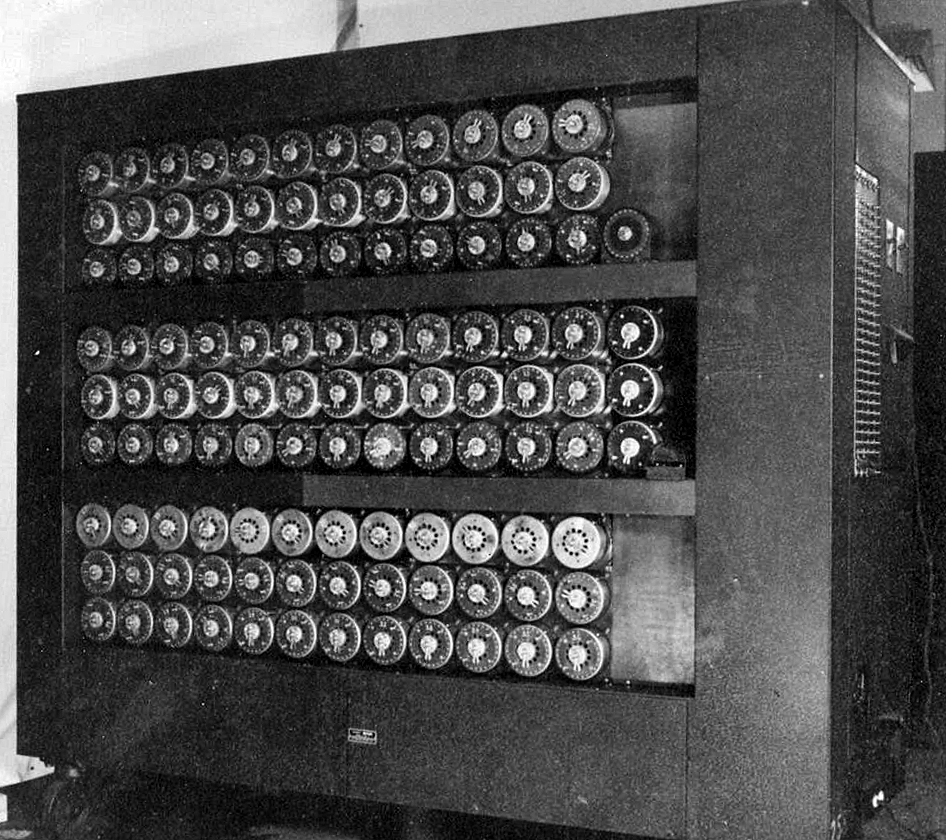The most difficult part of this project was figuring out how to make sure everything still fits on the face even though each feature is supposedly “random”. I also found remembering which variables are which initially difficult but was fine once I got used to it.
Author: Olya
LookingOutwards-02
Maurizio Bolognini
I am interested in Bolognini’s work due to his interesting use of geometry and interplay between the two-dimensional and three-dimensional world. His installations basically show parallel lines moving through, across from, and against each other on a 2D surface, creating kilometres of infinite lines. Bolognini himself states that he does not consider himself a mere conceptual artist nor “an artist who creates certain images,” but “one whose machines have actually traced more lines than anyone else, covering boundless surfaces,” showing his installations’ “limitlessness in space and time, and the possibility of creating parallel universes of information made up of… infinite trajectories.”[1] From this statement, we know that Bolognini uses many infinite loops and possibly the random function to create countless possibilities. We also know that he programs the machines to create art and barely controls what goes on in his code once he finishes an installation.
Source: https://www.bolognini.org/intro.htm
[1] Sandra Solimano (ed.) (2005), Maurizio Bolognini. Programmed Machines 1990-2005, Genoa: Villa Croce Museum of Contemporary Art, Neos, p. 15.
Project 1: Sukonrat Self Portrait
function setup() {
createCanvas(700, 700);
background(212, 246, 232);
}
function draw() {
fill(246, 212, 226)
stroke(246, 212, 226)
triangle(400,160,585,123,573,582) // pastel pink
fill(246, 212, 226)
stroke(246, 212, 226)
triangle(205,383,290,383,250,552) // pastel pink
fill(224, 213, 246)
stroke(224, 213, 246)
triangle(391,356,200,700,500,700) // pastel purple
fill(246, 232, 212)
stroke(246, 232, 212)
ellipse(391,356,342,407) // pastel orange
fill(246, 212, 226)
stroke(246, 212, 226)
triangle(253,123,500,100,185,423) // pastel pink
fill(232, 212, 246)
stroke(232, 212, 255)
ellipse(301,336,42,107) // pastel purple
fill(209, 170, 237)
stroke(209, 170, 237)
ellipse(321,346,22,57) // pastel purple
fill(232, 212, 246)
stroke(232, 212, 255)
ellipse(481,356,52,147) // pastel purple
fill(209, 170, 237)
stroke(209, 170, 237)
ellipse(491,376,22,67) // pastel purple
fill(213, 227, 246)
stroke(213, 227, 246)
ellipse(390,451,32,71) // pastel blue
fill(246, 232, 212)
stroke(246, 232, 212)
ellipse(390,411,32,71) // pastel blue
}
.
I found finding coordinates for many sided shapes or ellipses and figuring out where everything should go more difficult than I thought.
Sukonrat LO: Alan Turing
During the Second World War, a team of British Mathematicians assembled at the Government Code and Cypher School at Bletchley Park. Their goal was to support the United Kingdom during the war through technological means. The German Nazis were using a system of scrambled messages called “The Enigma,” and the British wanted to figure out what they were communicating to one another to help boost their odds of defeating Germany. Alan Turing, inspired by ideas of Mathematical Logic, was one of the Mathematicians at the School. A few years earlier, he designed a universal coding machine now known as the “Turing machine” that followed any set of instructions. In 1939, Alan Turing, Gordon Welchman, and their team at Bletchley Park eventually designed “The Bombe,” a code-breaking machine that deciphered the Germans’ complex communications system. Roughly 211 of these machines were created, and they were vital in helping the British break the Germans’ enigma codes. I admire Alan Turing and his team because they jumpstarted one of the first large computational projects in modern history, and they primarily used their intelligence to help their nation and saved many lives. This project was also one of the first ones to show that, if used correctly, machines can aid humans in their research and advancement.
https://www.iwm.org.uk/history/how-alan-turing-cracked-the-enigma-code

![[OLD SEMESTER] 15-104 • Introduction to Computing for Creative Practice](../../wp-content/uploads/2023/09/stop-banner.png)